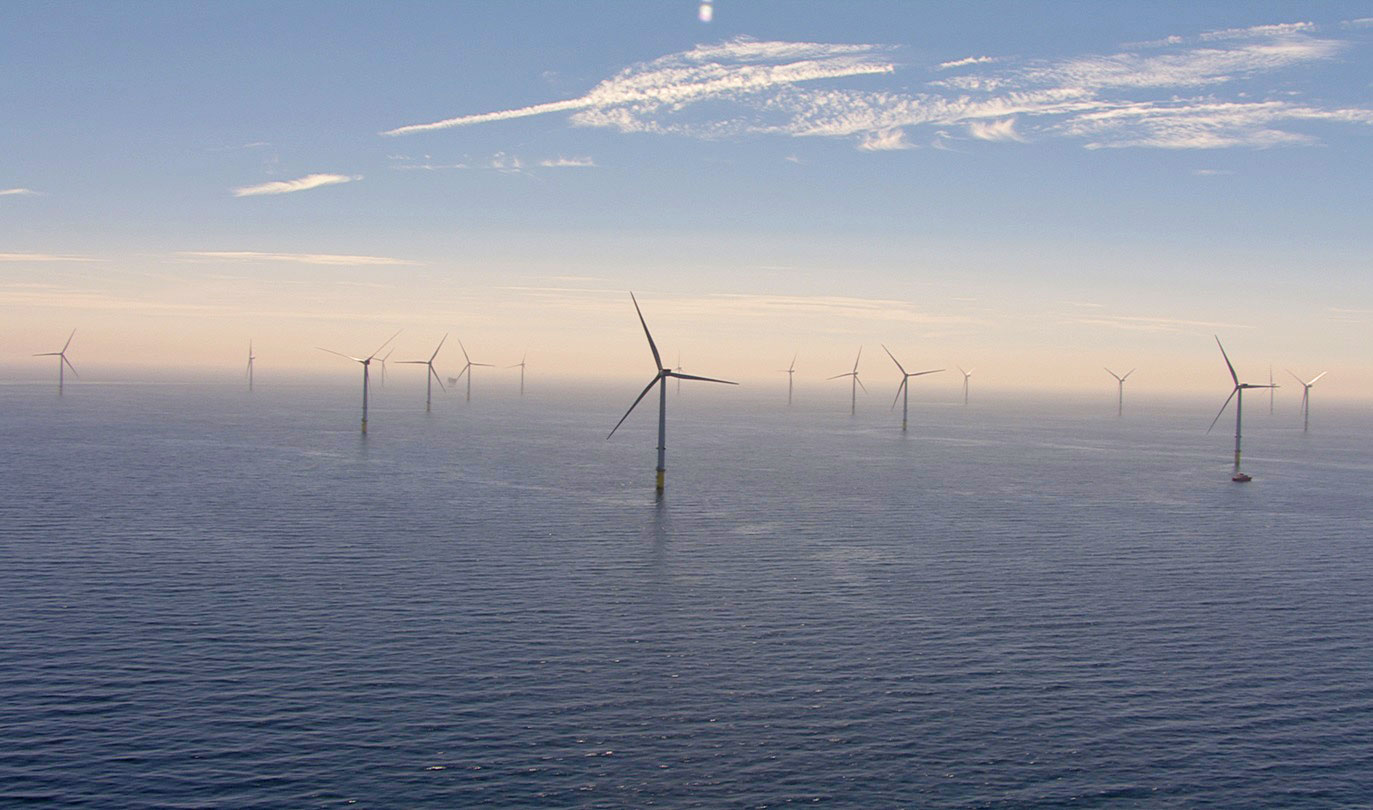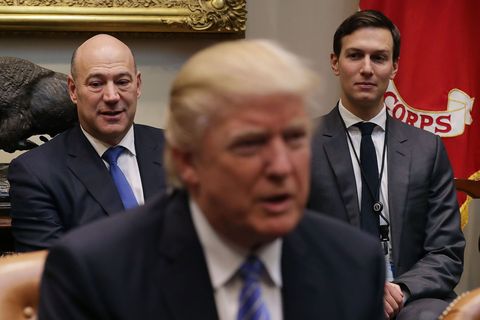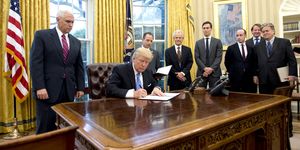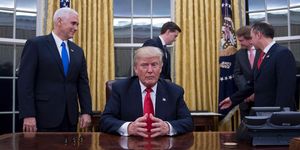WASHINGTON (AP) — In a striking anonymous broadside, a senior Trump administration official wrote an opinion piece in The New York Times on Wednesday claiming to be part of a group of people “working diligently from within” to impede President Donald Trump’s “worst inclinations” and ill-conceived parts of his agenda.
Trump said it was a “gutless editorial” and “really a disgrace,” and his press secretary called on the official to resign.
Later, Trump tweeted: “TREASON?”
The writer, claiming to be part of the “resistance” to Trump but not from the left, said, “Many Trump appointees have vowed to do what we can to preserve our democratic institutions while thwarting Mr. Trump’s more misguided impulses until he is out of office.” The newspaper described the author of the column only as a senior official in the Trump administration.
“It may be cold comfort in this chaotic era, but Americans should know that there are adults in the room,” the author continued. “We fully recognize what is happening. And we are trying to do what’s right even when Donald Trump won’t.”
A defiant Trump, appearing at an unrelated event at the White House, lashed out at the Times for publishing the op-ed.
“They don’t like Donald Trump and I don’t like them,” he said of the newspaper. The op-ed pages of the newspaper are managed separately from its news department.
The essay immediately triggered a wild guessing game as to the author’s identity on social media, in newsrooms and inside the West Wing, where officials were blindsided by its publication.
And in a blistering statement, press secretary Sarah Huckabee Sanders accused the author of choosing to “deceive” the president by remaining in the administration.
“He is not putting country first, but putting himself and his ego ahead of the will of the American people,” she said. “The coward should do the right thing and resign.”
Sanders also called on the Times to “issue an apology” for publishing the piece, calling it a “pathetic, reckless, and selfish op-ed.”
A “House of Cards”-style plot twist in an already over-the-top administration, Trump allies and political insiders scrambled late Wednesday to unmask the writer.
The text was pulled apart for clues: The writer is identified as an “administration official”; does that mean a person who works outside the White House? The references to Russia and the late Sen. John McCain — do they suggest someone working in national security? Does the writing style sound like someone who worked at a think tank? In a tweet, the Times used the pronoun “he” to refer to the writer; does that rule out all women?
The newspaper later said the tweet referring to “he” had been “drafted by someone who is not aware of the author’s identity, including the gender, so the use of ‘he’ was an error.”
Hotly debated on Twitter was the author’s use of the word “lodestar,” which pops up frequently in speeches by Vice President Mike Pence. Could the anonymous figure be someone in Pence’s orbit? Others argued that the word “lodestar” could have been included to throw people off.
Showing her trademark ability to attract attention, former administration official Omarosa Manigault Newman tweeted that clues about the writer’s identity were in her recently released tell-all book, offering a page number: 330. The reality star writes on that page: “many in this silent army are in his party, his administration, and even in his own family.”
The anonymous author wrote in the Times that where Trump has had successes, they have come “despite — not because of — the president’s leadership style, which is impetuous, adversarial, petty and ineffective.”
The assertions in the column were largely in line with complaints about Trump’s behavior that have repeatedly been raised by various administration officials, often speaking on condition of anonymity. And they were published a day after the release of details from an explosive new book by longtime journalist Bob Woodward that laid bare concerns among the highest echelon of Trump aides about the president’s judgment.
The writer of the Times op-ed said Trump aides are aware of the president’s faults and “many of the senior officials in his own administration are working diligently from within to frustrate parts of his agenda and his worst inclinations. I would know. I am one of them.”
The writer also alleged “there were early whispers within the cabinet of invoking the 25th Amendment” because of the “instability” witnessed in the president. The 25th Amendment allows the vice president to take over if the commander in chief is “unable to discharge the powers and duties of his office.” It requires that the vice president and a majority of the Cabinet back relieving the president.
The writer added: “This isn’t the work of the so-called deep state. It’s the work of the steady state.”


![Donald J. Trump;Kate Wollman [Misc.] Donald J. Trump;Kate Wollman [Misc.]](https://hips.hearstapps.com/hmg-prod.s3.amazonaws.com/images/gettyimages-50367054mod-1536160658.jpg?resize=480:*)





